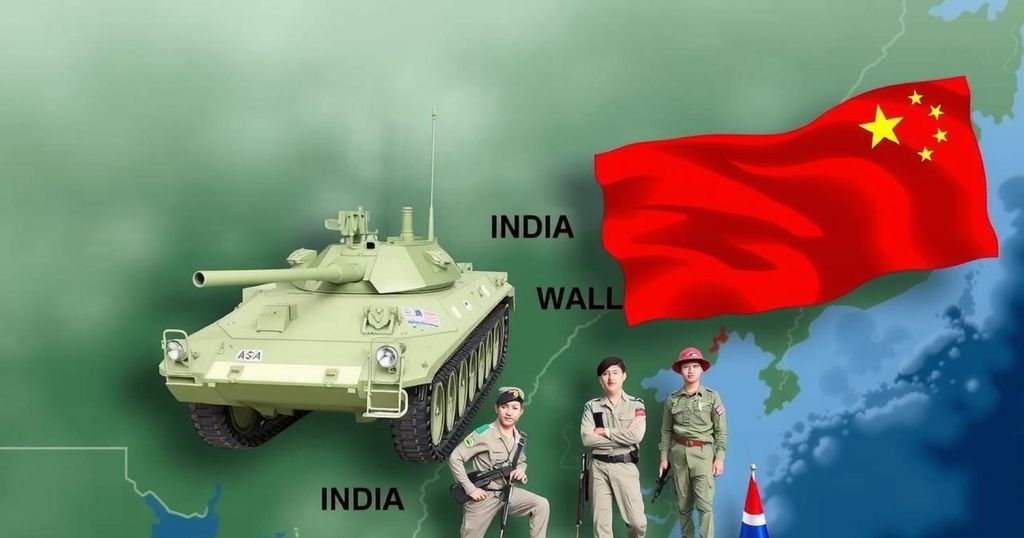India and China to Conclude Military Disengagement along LAC by End of October

India and China are poised to complete their military disengagement along the LAC by October 28-29, following a significant agreement aimed at easing border tensions. This process will occur at two friction points: Demchok and Depsang Plains, marking the first successful resolution of border disputes since the 2020 Galwan clash. External Affairs Minister S. Jaishankar indicated that this disengagement is the first step toward de-escalation and more comprehensive negotiations regarding border management.
India and China are set to finalize their military disengagement along the Line of Actual Control (LAC) by October 28-29, marking a significant move towards improving relations between the two nations. This disengagement follows a crucial agreement designed to address ongoing border disputes, notably the tensions that escalated after the 2020 Galwan clash, which resulted in numerous casualties. The disengagement process will occur at two identified friction points in eastern Ladakh: Demchok and the Depsang Plains. An Indian Army source confirmed that the new agreement pertains exclusively to these areas and does not extend to other conflict zones. Troops from both nations are to withdraw to their respective positions as they were before April 2020, allowing for resumed patrols in these regions that had been halted due to heightened tensions. In accordance with this arrangement, Indian forces have initiated the retreat of equipment to their rear positions. However, it remains unclear whether a formal ceremony will commemorate the completion of disengagement, especially given unresolved challenges at the two specified friction points. External Affairs Minister Dr. S. Jaishankar emphasized that the military disengagement is merely the first stage, with de-escalation following closely behind. He articulated the necessity for time to foster trust and mutual willingness between India and China. Dr. Jaishankar remarked, “The situation in the border has been very disturbed and that has had a very negative impact on the overall relationship.” He identified three key issues addressed in the agreement: First, the urgent need for disengagement due to the proximity of troops which poses risks for unintended incidents. Second, he highlighted the importance of de-escalation, and third, he mentioned the overarching challenge of border management and negotiating a comprehensive boundary settlement.
The military disengagement between India and China is a pivotal step in a broader diplomatic effort to resolve longstanding border disputes that have persisted for decades. The recent agreement is particularly significant as it is the first successful resolution pertaining to border tensions since the violent clashes in Galwan Valley in June 2020. Given the strategic importance of the LAC and the geopolitical implications for both nations, this disengagement is a necessary precursor to further negotiations and stability in the region.
The imminent completion of military disengagement along the LAC represents a critical juncture in India-China relations, potentially paving the way for a more stable and cooperative bilateral dynamic. However, challenges remain, and the commitment to de-escalate tensions and manage borders remains essential for lasting peace. The following steps will be closely monitored as both nations seek to restore trust and dialogue.
Original Source: www.hindustantimes.com








